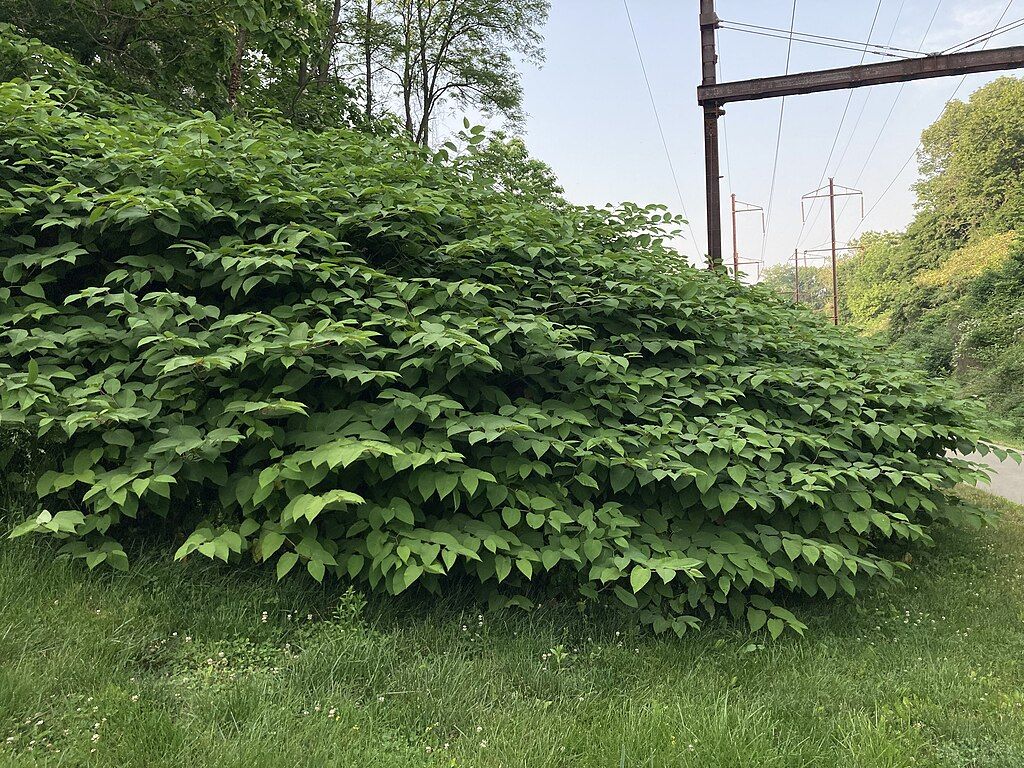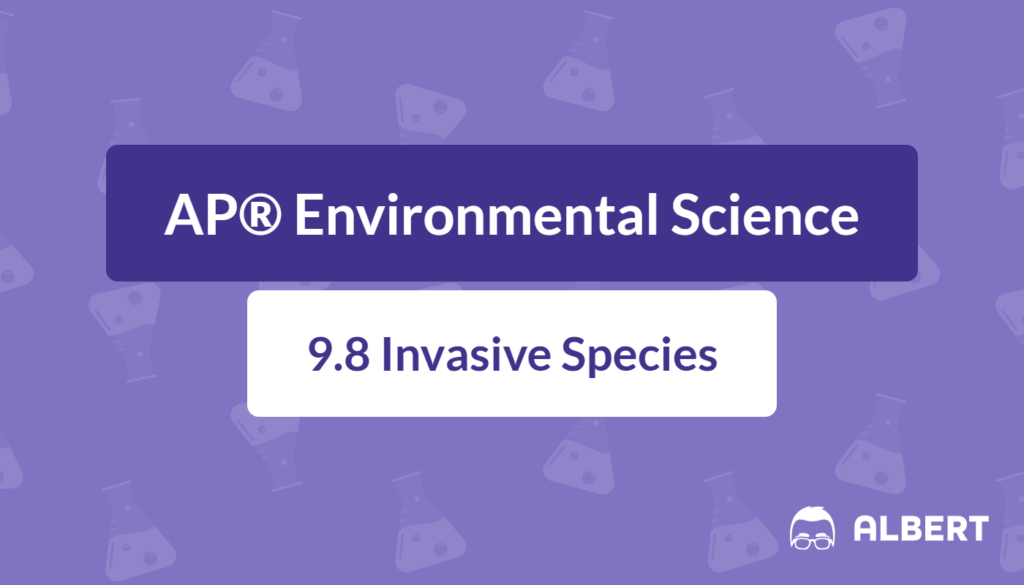What We Review
Introduction
Invasive species represent one of the most significant challenges in modern environmental science. These organisms can severely disrupt native ecosystems, threaten biodiversity, and lead to widespread economic and social consequences. Invasive species examples, such as the zebra mussel or Burmese python, highlight how these species can cause harm. Students often encounter this topic when studying how populations interact within habitats, especially when one group gains an unfair advantage through exceptionally rapid reproduction, high adaptability, or other competitive traits. Therefore, learning about invasive species is critical when examining real-world ecological dynamics.
Invasive species are organisms—plants, animals, or microbes—that enter and sometimes thrive outside of their usual habitat. They might initially arrive through accidental transport, intentional release, or natural migration. However, once they become established, they can cause significant ecological shifts. Understanding these species is vital for anyone exploring environmental science because their presence can reduce local biodiversity, alter food webs, and even affect human health.
These non-native species are typically viewed as invasive when they threaten or harm native organisms. Some non-native species remain benign; however, others become highly disruptive. Hence, this article aims to break down the core concepts governing invasive species, including what makes them successful invaders, how they affect native environments, and the strategies used to manage their spread.
What Are Invasive Species?
An invasive species is defined as an organism that exists outside its native range and negatively impacts the new environment. Unlike native species that have evolved in a specific region, invasive organisms often encounter fewer predators or diseases in a new habitat, enabling them to flourish. Therefore, they outcompete local species for resources such as food, shelter, and water.
Native species are typically adapted to the environmental conditions of their home region. However, the critical factor is whether a newcomer can successfully establish and reproduce. When species are introduced into new areas—intentionally or accidentally—they may fill ecological niches previously occupied by local species or exploit resources without natural checks on their population.
Characteristics of Invasive Species
Generalists vs. Specialists
A key trait often linked with invasive species is their status as generalists. A generalist species has the ability to survive under a wide range of environmental conditions and resource availability. By contrast, a specialist depends on highly specific conditions to survive. Therefore, generalists can adapt more easily when introduced to unfamiliar ecosystems.
- Generalist Species Example: The Norway rat is an adaptable rodent found on almost every continent. It can survive in diverse climates, scavenge various foods, and build nests in many habitats.
- Specialist Species Example (by contrast): The giant panda has a narrow diet of mostly bamboo. It would struggle to thrive outside its specialized habitat and resource requirements.
r-selected Species
Another characteristic commonly seen in invasive organisms is that they are r-selected. This term comes from population growth models, where r represents the intrinsic growth rate of a population. Exponential growth can be represented by the equation N(t) = N_0 e^{rt}. Species with high r values tend to reach reproductive maturity quickly, produce large numbers of offspring, and disperse easily.
Consequently, r-selected species can build dense populations in habitats where they have no natural predators or existing control mechanisms. For instance, insects such as fruit flies exemplify this pattern. They reproduce at remarkable rates and quickly colonize new areas, outpacing slower-breeding species.
Competition with Native Species
When a non-native organism with strong adaptive traits arrives in an ecosystem, it often enters into competition with local species. Competition occurs when multiple organisms seek the same limited resources—such as food, water, or territory. In many cases, an invasive species that reproduces rapidly or exploits a variety of food sources (i.e., a generalist) will win this contest and dominate its new habitat.
Competition is not always direct; sometimes it manifests through the consumption of critical resources before native species can utilize them. The net effect, however, remains the same: the newcomers gain a competitive edge, which potentially reduces the numbers of local organisms.
Examples of Invasive Species
Many regions around the globe face the difficulties posed by invasive species. Learning about real-world examples helps clarify how these organisms spread, why their presence is problematic, and how scientists and policymakers try to manage them.
1. Zebra Mussels
- Background: Zebra mussels originated in freshwater lakes of Eastern Europe. Humans introduced them to North America, likely through the discharge of ballast water from ships.
- Impact on Native Ecosystems: These mussels filter vast quantities of water, removing nutrients and plankton that native fish rely on. They can also clog water intake pipes and attach to boats.
- Control Measures:
- Mechanical Removal: Physical scraping can reduce zebra mussel populations in certain areas.
- Chemical Control: Certain molluscicides may help, though chemical use can affect non-target species.
- Prevention: Many regions now regulate boat cleaning procedures to avoid transferring zebra mussels between lakes.
2. Burmese Python
- Background: The Burmese python, native to Southeast Asia, has established itself in the Florida Everglades. Although these snakes may have been pets initially, they have reproduced rapidly after release (or accidental escape) into the wild.
- Impact on the Florida Everglades: The Burmese python is a top predator that preys on various bird, mammal, and reptile species. Consequently, populations of native species such as raccoons, opossums, and even bobcats have declined sharply in areas with python presence.
- Control Measures:
- Physical Removal: Authorized hunts and programs capture and remove pythons.
- Tracking and Surveillance: Scientists use radio transmitters in captured pythons to track their movements and predict nesting sites.
- Public Education: Encouraging responsible pet ownership discourages the release of exotic animals into the wild.
3. Japanese Knotweed
- Background: Japanese knotweed is an invasive plant originally from East Asia. It was introduced to North America and Europe as an ornamental plant but quickly spread beyond gardens.
- Impact on Local Flora and Fauna: This plant grows rapidly, forming thick stands that crowd out native vegetation. Its dense roots can damage building foundations, riverbanks, and roads.
- Control Measures:
- Mechanical Control: Cutting the plant repeatedly can weaken it over time, although complete eradication often requires multiple interventions.
- Chemical Control: Targeted herbicide applications may help, but timing is crucial to avoid harming nearby beneficial plants.
- Biological Control: Research efforts focus on identifying safe natural enemies, like specialized insects that feed on Japanese knotweed without harming other species.

Environmental Problems Associated with Invasive Species
Invasive species pose numerous environmental challenges:
- Impact on Biodiversity: By outcompeting local species, introduced organisms can eliminate essential members of a food web, leading to trophic imbalances. Therefore, the overall biodiversity of a region declines.
- Ecosystem Disruption: Invasive species often alter nutrient cycles, water availability, or soil structure. This disruption changes how energy flows within ecosystems and can force other species to relocate or perish.
- Economic Consequences: Agricultural industries can suffer when invasive insects destroy crops. Fisheries may face declines if invasive organisms outcompete commercially valuable fish.
- Human Health Risks: Some invasive plants and animals can spread diseases or aggravate allergies. For example, certain invasive mosquitoes can transmit dangerous pathogens to humans.
Strategies for Controlling Invasive Species
Controlling invasive species generally involves a combination of prevention and active management. The following strategies illustrate the variety of measures used.
Prevention Methods
- Public Awareness and Education: Encouraging the public to clean boating equipment before moving from one water body to another helps prevent the spread of organisms such as zebra mussels. Educational programs also discourage the release of exotic pets into local habitats.
- Regulations on Transport and Trade: Implementing strict regulations on imported goods and stricter quarantines for animals and plants can reduce accidental introductions. Many countries have laws requiring that seeds, animals, and soil be inspected before entry.
Control Methods
Various techniques aim to reduce existing populations of invasive species:
- Mechanical Control: This involves direct removal methods like trapping, shooting, or uprooting. Mechanical control often works best for smaller infestations or when the invasive species has clear physical boundaries.
- Chemical Control: Pesticides, herbicides, or other chemicals can be applied to kill or inhibit invasive organisms. However, careful consideration is necessary to minimize harm to non-target species.
- Biological Control: Introducing a natural predator from the invasive species’ home range can keep its population in check. However, biological control must be approached with caution to avoid unintended consequences.
Long-Term Solutions and Ongoing Monitoring
Finally, long-term success against invasive species requires consistent monitoring. Conservationists analyze how a once-contained invasive population recovers or spreads over time. They also track whether any unintended harm has occurred to native species. Therefore, ongoing field surveys, citizen science initiatives, and remote sensing all play a vital role in early detection and prompt action.
Conclusion
Invasive species are more than just an ecological curiosity. They represent a serious challenge for environmental managers around the globe. Their presence can disrupt entire food webs, undermine local economies, and even introduce new health hazards. Although prevention and management tactics vary based on habitat and species, the underlying principle remains constant: addressing invasive species as early as possible is critical for preserving native populations and ecosystem integrity.
Key Vocabulary
- Invasive Species: Organisms existing outside their native habitat that harm or threaten native species.
- Generalist Species: Species that tolerate a wide range of environmental conditions or resource types.
- r-selected Species: Species that reproduce quickly and proliferate in favorable conditions.
- Competition: Interaction where organisms struggle for the same resources (e.g., food, space, water).
- Habitat: The natural environment where a species lives and obtains resources.
- Biodiversity: The variety of life found within an ecosystem, including species diversity and genetic diversity.
Sharpen Your Skills for AP® Environmental Science
Are you preparing for the AP® Environmental Science test? We’ve got you covered! Try our review articles designed to help you confidently tackle real-world AP® Environmental Science problems. You’ll find everything you need to succeed, from quick tips to detailed strategies. Start exploring now!
- AP® Environmental Science: 9.5 Review
- AP® Environmental Science: 9.6 Review
- AP® Environmental Science: 9.7 Review
Need help preparing for your AP® Environmental Science exam?
Albert has hundreds of AP® Environmental Science practice questions, free response, and full-length practice tests to try out.








